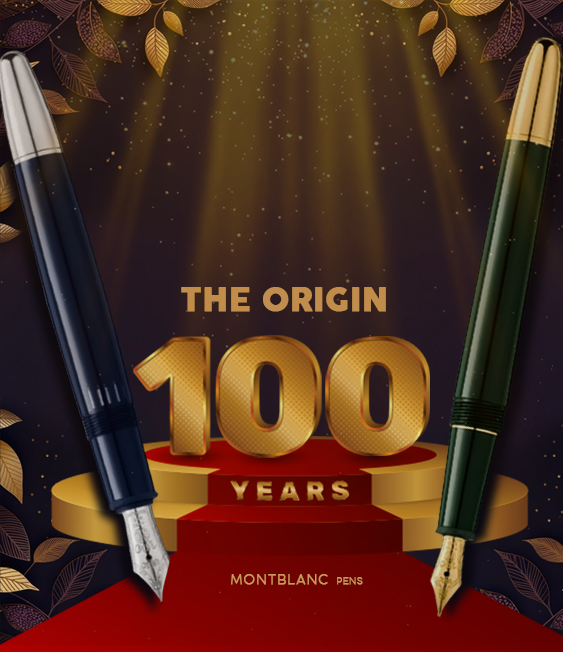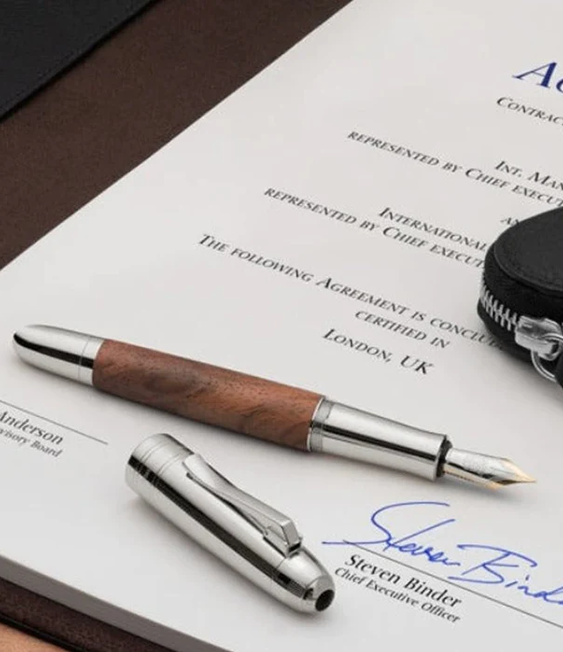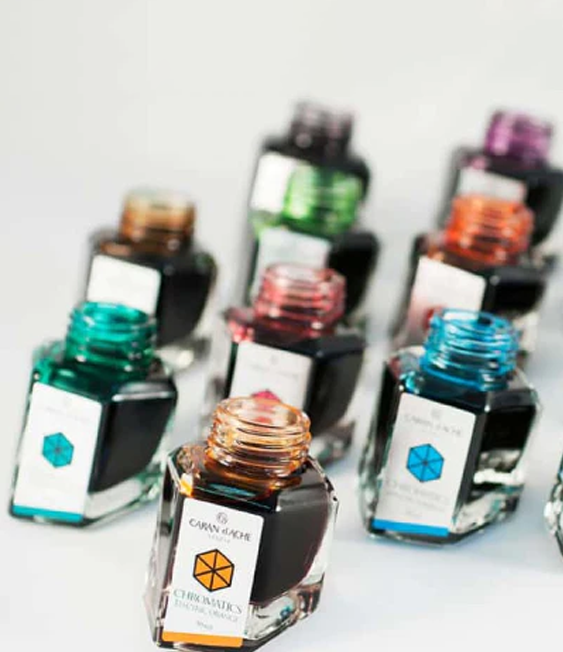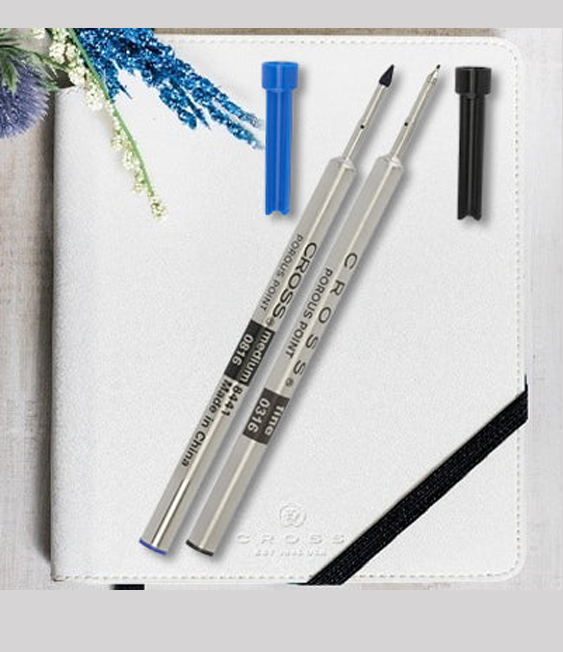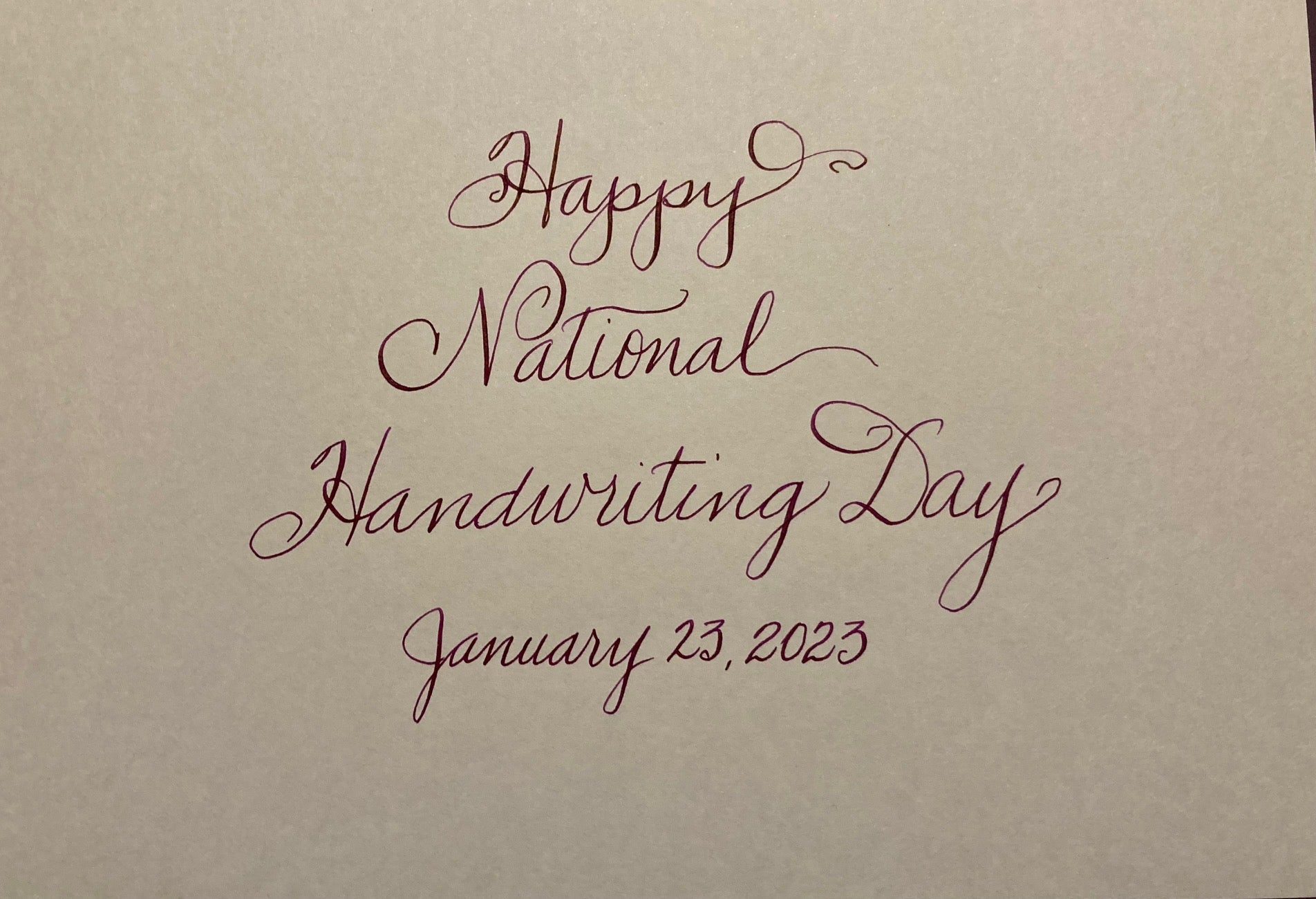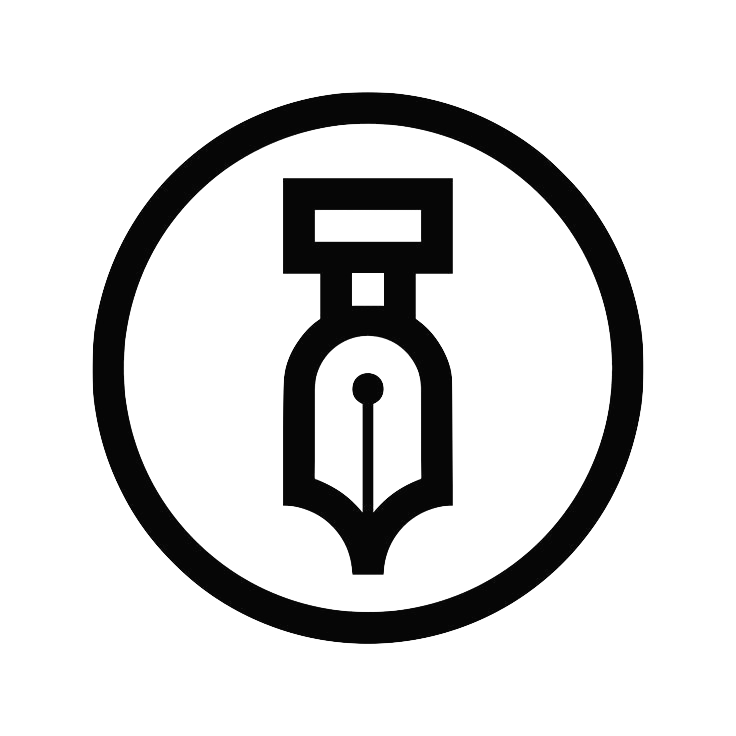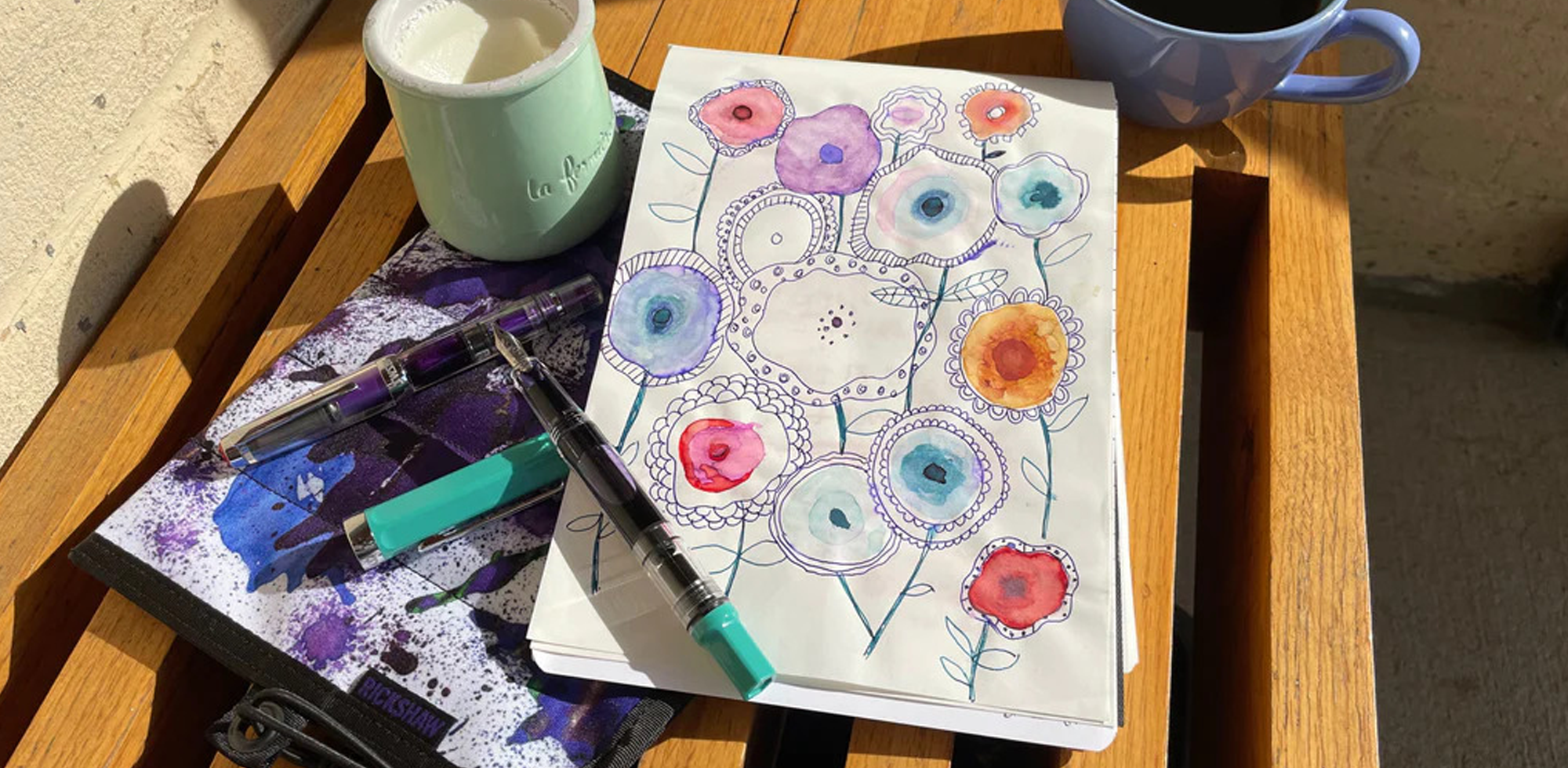If Tesla can be said to have had a personal life, it was of a very narrow nature. Rather than marriage, which he was convinced world ruin his scientific potential, Tesla had as his companion pigeons. While he fed and cared for many pigeons, there was a particular to whom he was deeply devoted. It is reported that Tesla confessed, “I loved that pigeon as a man loves a woman, and she loved me. As long as I had her, there was a purpose to my life.”
In 1922, Tesla said he was visited by his beloved bird who told him she was near death. Just before she passed, he said, her eyes had shone with a white light that was brighter than anything that he had ever produced. The pigeon that Tesla loved is memorialized in high relief and white enamel on the cap of Oscarson’s new fountain pen.
Oscarson says, “While Tesla’s solitude, eccentricity, and oddities – like his connection to his white pigeon – made him somewhat of a spectacle, his mind was brilliant. Like others we have honored with our designs, his ideas and concepts changed our country and the world.”
The David Oscarson Nikola Tesla collection is an homage to pure thought and awesome potential; an ode to the single, flawed human being who so broadened our conception of the real and the possible. The Nikola Tesla fountain pen is all about what is possible, too. What observation, dreams and stories are just waiting for the nib to touch the blank page?
To list the history of Tesla’s career is a formidable task. So broad was the scope of his accomplishments that they can be difficult to fathom even now. In the interest of journalistic brevity, this article must focus on the most prominent of his ventures, those illustrated so dynamically on Oscarson’s fountain pen.
The David Oscarson Nikola Tesla fountain pen’s body is composed of solid sterling silver with guilloche engraving and hot enamel and an 18 karat gold nib in sizes of fine, medium, or broad. Internally, the pen includes a cartridge/converter/eyedropper-filling system. Both fountain pen and rollerball versions are available. The Nikola Tesla pen will be limited in production to 86 aggregate pieces per color, one for each year of Tesla’s life.
On the subject of color for the Tesla collection, Oscarson elucidates: “We blended not only different colors of translucent hard (hot) enamel on the Tesla collection, but we also made our first attempt at blending translucent and opaque enamel in this piece, from deep translucent purple to opaque black. Very cool..actually very hot!”
Currently, three color combinations are planned for the David Oscarson Nikola Tesla writing instrument collections: gradient blends of translucent white, lavender, and deep purple to opaque black matched to silver-plated accents: translucent white, gray and mossy black that blend to opaque black matched to silver accents; and translucent white, orange, and red enamel that blend into opaque black, matched to gold-plated appointments.
The Tesla fountain pen pays homage to his discovery of alternating current in contrast to the unidirectional (and aptly named) direct current, alternating current intermittently reverses direction and adjusts its magnitude constantly with time. The symbol for alternating current is engraved beautifully in high relief on the barrel. Also on the fountain pen body is a reproduction of Tesla’s signature.
Tesla was able to manufacture and deliver AC electricity because of his invention, the Tesla coil, a resonant transformer circuit. These circuit allowed Tesla to experiment with phosphorescence, X-ray production, lighting, electrotherapy, and wireless energy transmission. On Oscarson’s elegant new fountain pen, the Tesla coil appears in a guilloche pattern underneath the enamel on the barrel. Located on the bottom end of the barrel is an image of rotating fields – the ultimate magnetic field, which is created using a symmetrically placed system of coils afforded with polyphase currents.
The AC generator and induction motor was developed by Tesla in 1887. By employing polyphase current to initiate the rotating magnetic field, the motor was able to turn. Patented in May of 1888, the electric motor did not require a commutator, which cut down on sparking and the constant need for mechanical brush replacement and servicing. Tesla’s AC generator and induction motor is represented on the gripping section where its striking image is engraved.
Tesla’s machinations were not always successful. In perpetual pursuit of funding his experiments and innovations, Tesla finally secured from J. P. Morgan the amount of $150,000 (which would equate to more than 4.5 million today), and began work on planning Wardenclyffe – a facility on Long Island from which he desired to illustrate wireless transmission of electric energy beyond the Atlantic Ocean. This venture was in direct competition with Guglielmo Marconi’s similar operation, which was a radio-based system.
In 1877 Tesla entered the Joanneum in Gatz, Styria, to continue his studies. Indeed, he worked so assiduously that he earned high praise from the dean, but eventually this speed caused Tesla extreme stress, so much so that he lost his scholarship. One manifestation compulsion afterward, e was later known to play billiards in the United States.) Unfortunately, he never graduated.
Profoundly ashamed at his lack of accomplishment, Tesla broke off contact with his family and friends, the latter of which were convinced he had drowned in the Mur River. Tesla went to Maribor and became employed as a draftsman. His father begged him to return, but he insisted on staying. It was around this period that Tesla experienced a nervous breakdown. Finally Tesla was forcibly returned to Gospic by police for lacking a housing permit.
When his father passed away, right after Tesla’s move home in 1879, young Tesla discovered letters from his instructors to his father, where they conveyed their concerns that Tesla would work himself to death.
In 1881 Tesla went to Budapest, Hungary for work with the telephone exchange. Initially, the company wasn’t functional, but it became so, and Tesla was promoted to the job of chief engineer. In 1882, Tesla became an employee of the Continental Edison Company located in Paris. It was the dawn of a new technology; Tesla installed indoor incandescent lighting across the city. His superiors perceived his deep knowledge of physics and engineering and ultimately had him create and construct generating dynamos and motors.
In order to work for the Edison Machine Works, located in Manhattan’s Lower East Side, Tesla immigrated to the United States in 1884. The goal was to compose an arc lamp-based street lighting system; Tesla did so with success, but the voltage was too intense to be consonant with Edison’s relatively low voltage system. Arguments between Tesla and Edison began over the issue of paid bonuses for just these kinds of projects. Tesla quit after a mere six months. Hostility and competition between the two men would continue to haunt Tesla throughout the rest of his life. A diary belonging to Tesla at the time of his employment summed up this perios very briefly: “So good by to the Edison Machine Works.”
Prominent Tesla biographer Robert Lomas is quoted as saying, ”Being an honest man himself, Tesla trusted nearly everyone he met…and almost all of them ripped him off”
Tesla was either five or seven years old. Some sources suggest that the accident was Tesla’s fault – that he spoked the horse and caused his brother’s death. After the tragedy, Tesla was afflicted with visions. These symptoms foreshadowed the mental illness that would grip his mind firmly as an adult.
As a child, Tesla’s apparent Obsessive-Compulsive Disorder manifested in several ways. He was bewitched by shine and jewels. He refused to touch anyone’s hair and counted each of his steps in the world. Tesla also computed the cubic content of any food he ingested. His eidetic memory caused vivid synesthesia (“the production of a sense impression relating to one sense or part of the body by stimulation of another sense or part of the body”). Particular words would cause visions which were so striking Tesla could not always deduce the truth of their reality.
When young Tesla would pet his cat, Macak, the static shocks struck him as similar to lightning storms in summer. He mused on this later in his recollections; it was as though “nature was like a giant cat”. When Tesla attended high school in Karlovac, he became further enamored with electricity, demonstrations of which led him to remark that these “mysterious phenomena” intrigued him, that he wanted “to know more of this wonderful force.” He was able to formulate and solve integral calculus in his head; the talent aroused his teachers’ suspicion. In 1873, one year early, Tesla graduated and returned to Smiljan.
Unfortunately, he almost immediately fell ill with cholera. Unable to leave his bed hovering close to and brushing against death several times, Tesla was able to extract from his father permission to attend engineering school rather than pursue the priesthood Milutin had expected. Tesla said later that Mark Twain’s writing had aided his recovery.
Pen connoisseurs immediately recognize the name David Oscarson and eagerly wait his new collections. Known in particular for his innovative and intricate hot enamel and guilloche techniques, Oscarson has guided us through a multitude of subjects: the heroism of Raoul Wallenberg, the cultural significance of koi, the pure aesthetic experience of Carl Millea’ original art (and its echoes in Oscarson’s own work).Fortunately for the fountain pen community, the arrival of his newest creation is imminent and its story equally compelling. This time, the pen honors the brilliant, chaotic mind of Nikola Tesla, the visionary inventor and engineer.
Nikola Tesla was the lauded Serbian-American immigrant whose genius helped to bequeath to our contemporary world the alternating current (AC) electricity supply system (among many other discoveries). Known for too long as the man lived who lived in the shadow of Thomas Edison, Tesla’s contribution remain above measure. Inventor, electrical engineer, mechanical engineer, and futurist: Tesla’s potential was endless.
In 1856, Tesla was born during an electrical storm in the village of Smiljan in the Austrian Empire (now Croatia) to an Eastern Orthodox Priest, Milutin Tesla, and his wife Duka. While the latter never received a formal education, it is Duka to whom Tesla would later attribute his own marvelous intellect, specifically crediting his eidetic memory (commonly referred to as a “photographic” memory) and creativity to her influence. Not only was she remarkably inventive, she could recite Serbian epic poems from memory. While Tesla had four siblings tragically, his elder brother Dane died in a horse riding accident.

